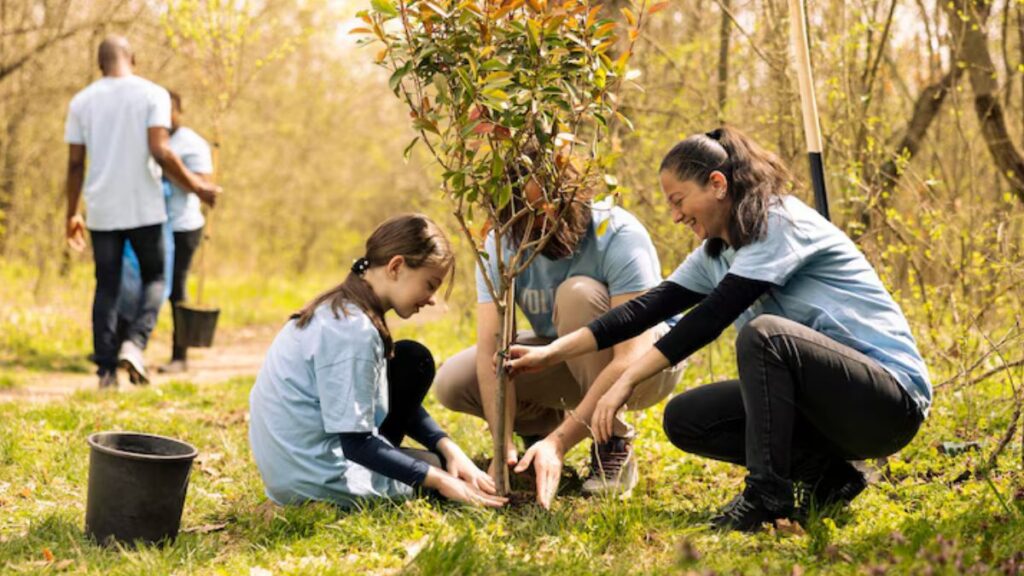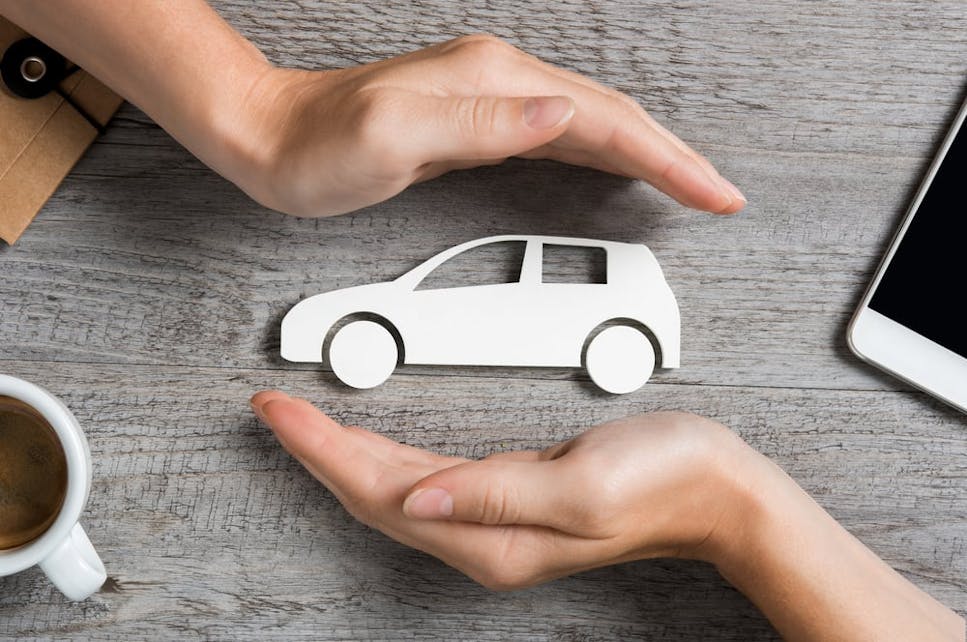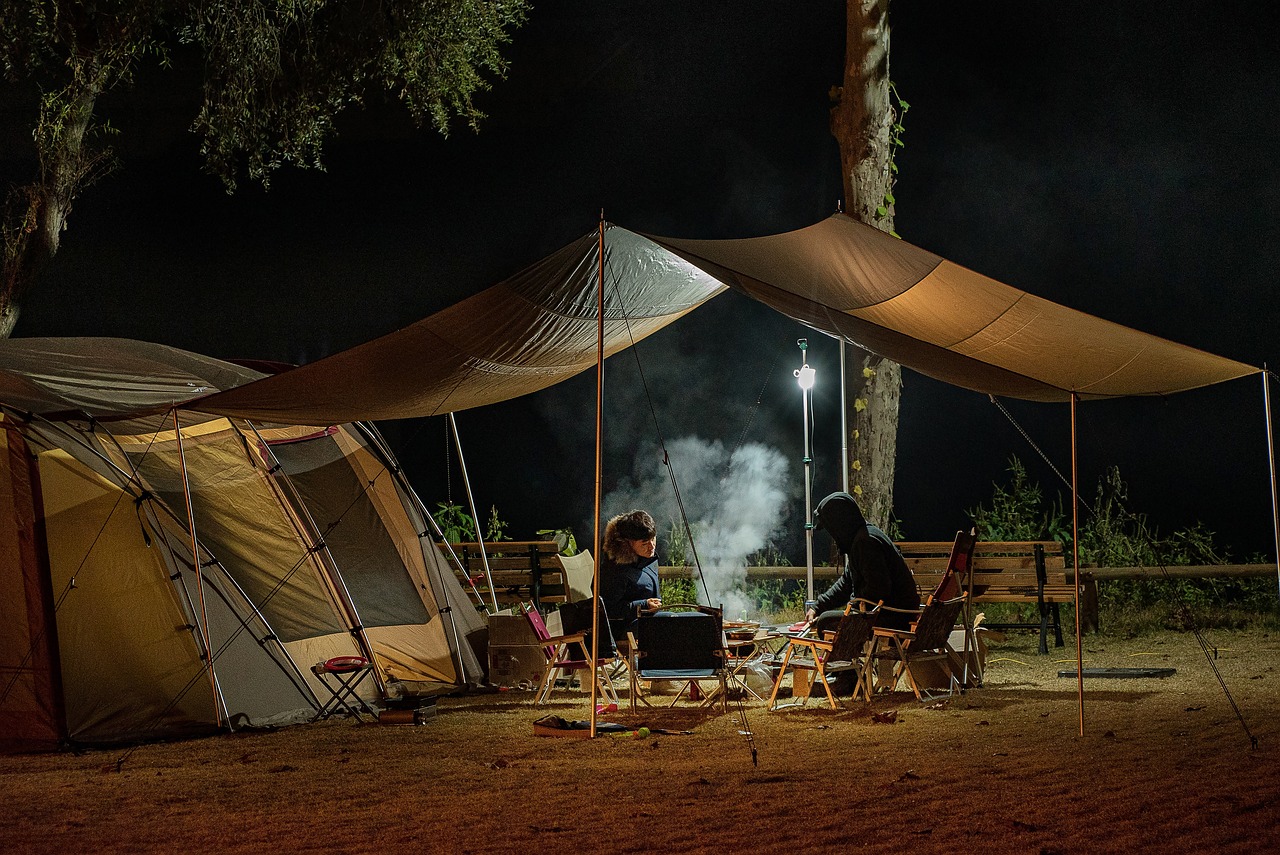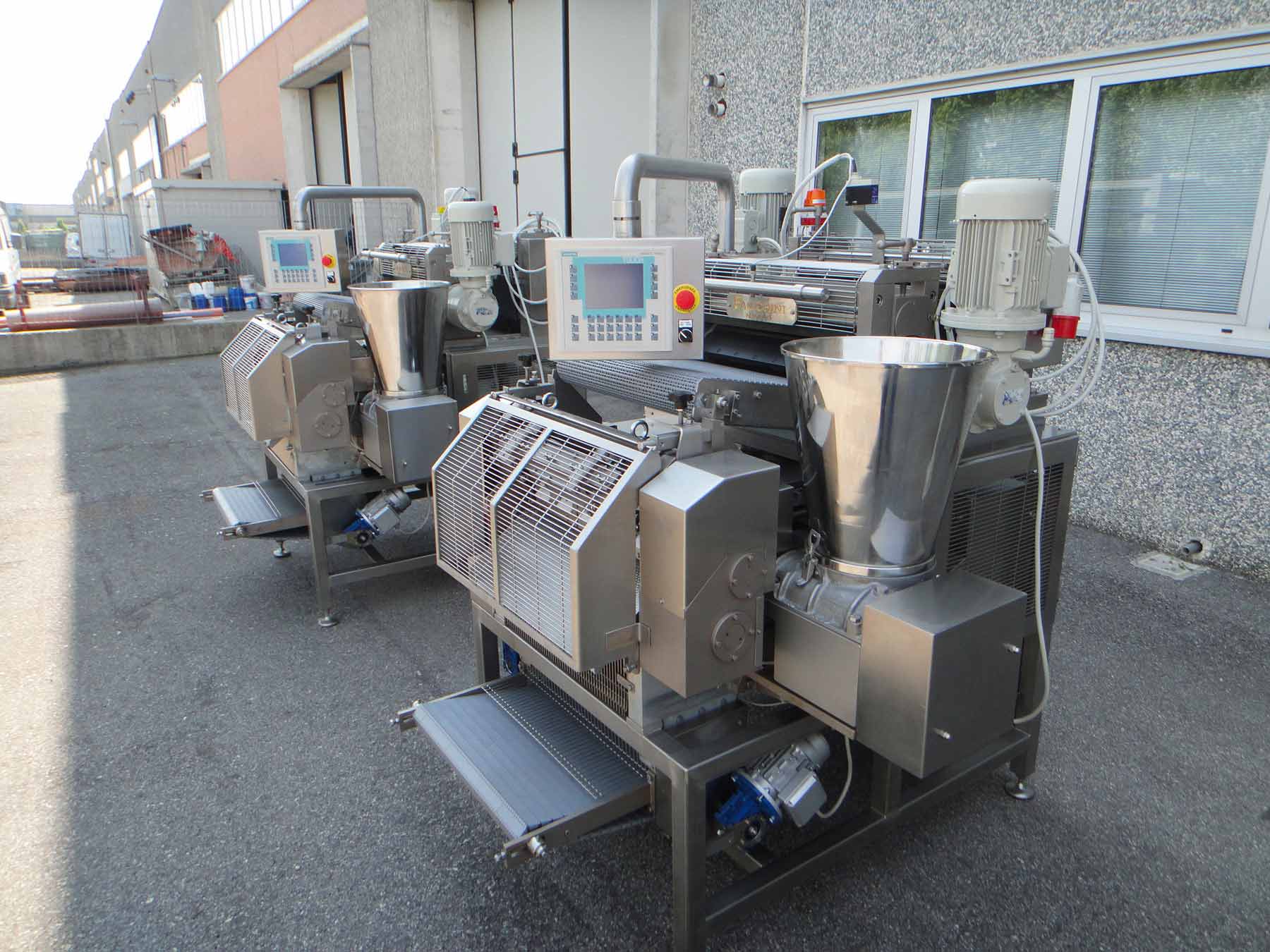Sodziu (pronounced sohd-zoo) may seem like a simple word, but it holds deep meaning. Traditionally, it refers to a rural village or settlement, especially in Baltic cultures. More than just a physical location, Sodziu represents a way of life—deeply connected to land, tradition, and community.
In today’s fast-paced digital age, many people are rediscovering the importance of Sodziu. It symbolizes a return to simpler values, a slower rhythm, and a deeper connection to nature and one another. It’s not about going backward. It’s about honoring heritage while living wisely in the present.
Sodziu and Its Cultural Significance
Historically, Sodziu described communities that worked the land, lived together in tight-knit families, and passed down stories through generations. These places were built around trust, cooperation, and mutual respect.
Sodziu life emphasized balance with nature. Farming, crafting, and seasonal rhythms shaped daily life. Homes were often handmade, food was shared, and decision-making happened collectively. This type of living created strong bonds—something that modern cities often lack.
Why People Are Searching for “Sodziu”
The rising interest in Sodziu today reflects a broader question: how do we preserve identity in a globalized world? People are curious about:
- Their ancestral roots
- The effects of migration on culture
- Alternative ways to live more meaningfully
- How to blend old values with modern tools
Sodziu offers a framework to explore those questions. It shows that tradition and progress can exist together.
From Local Village to Global Symbol
Though Sodziu is rooted in Baltic regions like Lithuania, Latvia, and Belarus, its message reaches far beyond. In many ways, it mirrors other cultural traditions:
- The Japanese satoyama
- The Latin American pueblo
- The African homestead
- The Appalachian hollow
Each of these holds similar values—connection to place, self-sufficiency, and shared responsibility. Sodziu has become a symbol of cultural depth and resilience across many geographies.
Language and Memory: The Soul of Sodziu
The word “Sodziu” carries more than meaning—it carries memory. In folk stories, poems, and even architectural terms, Sodziu is part of a living vocabulary. Its language includes rituals, seasonal terms, and family structures that aren’t found in modern speech.
Linguists and cultural scholars often turn to Sodziu to document forgotten phrases and oral traditions. The landscape, the houses, and even the way people move through a Sodziu reflect language patterns from generations past.
The Disappearance and Revival of Sodziu Culture
Wars, industrial changes, and urban migration disrupted traditional Sodziu life. Villages were broken apart, and younger generations moved to cities. Over time, what remained were only traces—stories, surnames, or an old farmhouse on family land.
But the desire to reconnect has never disappeared. Many people feel a pull to return to their roots—not out of nostalgia, but to find stability in a chaotic world.
The Urban Response to Sodziu Values
Today, many city dwellers are adopting Sodziu-inspired habits. They grow herbs on balconies, shop locally, and join community gardens. Movements like permaculture, minimalism, and slow living echo the original values of village life.
Urban residents might not live in a Sodziu, but they are recreating its spirit—seeking quality over quantity, presence over speed, and community over isolation.
Building a Digital Sodziu
As the internet connects people across continents, digital Sodzius are forming. These are virtual communities where people share skills, exchange ideas, and preserve family stories. Online forums, social platforms, and blockchain projects are becoming new kinds of villages.
These spaces are:
- Rooted in shared values
- Open to global voices
- Designed for collaboration
- Focused on identity and sustainability
Digital Sodzius give diaspora communities a chance to rebuild connections and continue cultural practices, even from afar.
Sodziu and Environmental Resilience
With climate change becoming more urgent, Sodziu values are gaining new relevance. Traditional villages often used natural resources wisely—recycling water, growing local crops, and building homes from sustainable materials.
Modern eco-villages and rural innovation hubs are borrowing from Sodziu models to create low-impact communities. They promote renewable energy, shared farming, and land stewardship—all central ideas from the original village mindset.
Sodziu in Education and Design
Education programs are now incorporating Sodziu ideas to teach new generations about craft, ecology, and storytelling. Children learn how to plant gardens, bake bread, and understand the seasons—skills once passed down in villages.
In the art world, Sodziu’s aesthetic is making a comeback. Designers use natural fabrics, rough wood textures, and folk patterns to honor rural heritage. Museum exhibits and indie films also explore these themes to keep memory alive.
Politics and the Future of Sodziu
There are real questions around how to preserve Sodziu culture. Should it be frozen in the past, or allowed to evolve? Who decides what’s authentic? How do we prevent heritage from being sold as a product?
Policy makers and cultural leaders must find ways to protect living traditions. That means supporting local communities, respecting elders, and making room for change without erasing the past.
A Global Identity with Local Roots
In every part of the world, people are asking similar questions: Where do I belong? How do I live in harmony with the world around me? Sodziu is one of many answers—a reminder that the future can still be rooted in the wisdom of the past.
Whether you live in a city, a village, or somewhere in between, the values of Sodziu can shape your life. It’s not just about where you’re from—it’s about how you live.
Sodziu as a Way Forward
Sodziu is not just a memory. It’s a model for how we can reconnect—with each other, with nature, and with ourselves. It offers a new way to think about progress: not as leaving the past behind, but as carrying the best of it forward.
Sodziu still matters. It speaks through the food we grow, the stories we tell, and the choices we make each day. In a world that’s always rushing ahead, Sodziu reminds us to pause, root down, and live with intention.










